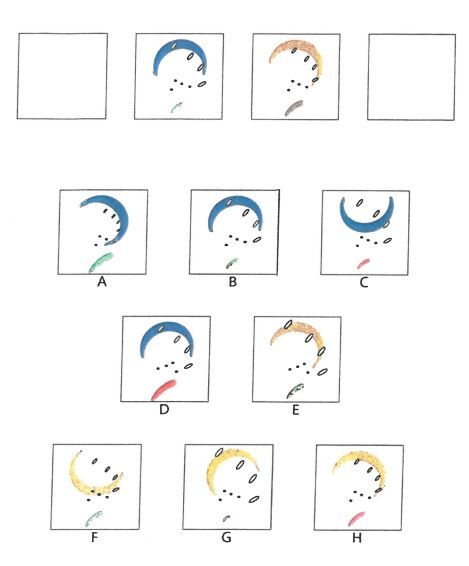Neuroplasticity
A Problem Well-Stated Is a Problem Half-Solved
Improving cognitive flexibility to meet today’s challenging world.
Posted December 29, 2020 Reviewed by Hara Estroff Marano
2020 has been a challenging year, to say the least. We have all had to make changes, in some cases significant changes, in the way we do things. Many of us have left our offices to work at home. Our children are also schooling from home. We can’t readily go out and see the people we care about,. The list can go on and on. We have had to draw on our adaptive instincts more than any time in the recent past. Darwin would be proud!
The ability to adapt is difficult. Many struggle because they are overwhelmed by the changes as well as the domino effect caused by these changes. Just working from home requires ensuring an appropriate workspace, navigating who else may also be working from home (children or partner), having proper internet access, ensuring that videocalls don’t capture inappropriate images or sounds, and knowing what to do if those images or sounds are unavoidable (dog barking, toddler barging in, etc.). And these are just the tip of the iceberg!
A recent CNBC.com article, “These are the 5 most valuable skills to learn right now” (CNBC.com, Scott Steinberg, 11/04/20), suggested that there are five soft skills that people need to master to help them deal with the rapidly changing and unpredictable world in which we live. One of Steinberg’s five is cognitive flexibility.
For some people the skill comes naturally, but they are few and far between. Others might have some flexibility in certain areas but can’t translate the skill to other areas. For example, someone who may have amazing people skills can’t deal with the challenges of handling multiple people at the same time. Or someone who has incredible math skills may not be able to write or verbalize ideas well.
Such inability to cope can cause physical as well as emotional distress. Without cognitive flexibility you may feel like you’re trapped in a maze and experience high levels of stress and anxiety. Think about what happens when you are out of your comfort zone. Your hands may sweat, you may stutter, lose words or familiar concepts, you may feel nauseated or like there’s a pit in your stomach.
We all tend to play to our strengths, so that people person is going to put him or herself in situations in which those skills are crucial, like sales, social work, event planning. But continually putting yourself in win situations will not help you develop cognitive flexibility. You need to work through uncomfortable situations repeatedly in order to habituate a new pattern of behavior. This kind of repeated rehearsal makes the uncomfortable more familiar and reduces its negative energy.
I developed the exercise below when I worked with NASA scientists. I have used this exercise in many workshops and speaking engagements. The goal is to practice neuroplasticity. My intention is to give participants a problem with many possible answers—their job is to determine how many correct answers they can find, and most importantly, explain the precepts used to determine each answer.
The exercise requires participants to think about more than one thing at a time. So their first answer may play to whatever their particular strength may be, but they also need to think about the exercise in more uncomfortable ways.
The exercise below has many possible answers. Identify the variable in the problem and then generate possible relationships that result in a feasible answer. If the top row is a problem, which of the answers below go in the first and last box and why. The point is to be able to explain why you chose a particular letter for the first box and why another letter for the last.
I’m going to end this blog entry here, because I want you to really try this and see how many answers you can generate.
In my next blog, I will show seven possible answers and how they were determined, and give you the opportunity to identify the specific relationships used to create the answer. Cognitive restructuring, and the development of neuroplasticity, changes the brain and ultimately enhances critical thinking, problem-solving, and creativity. The goal is for you to practice these skills so that this new way of thinking becomes a habit that you can use when faced with complex personal and professional problems. This is a challenging exercise, but these are challenging times! Good luck!





